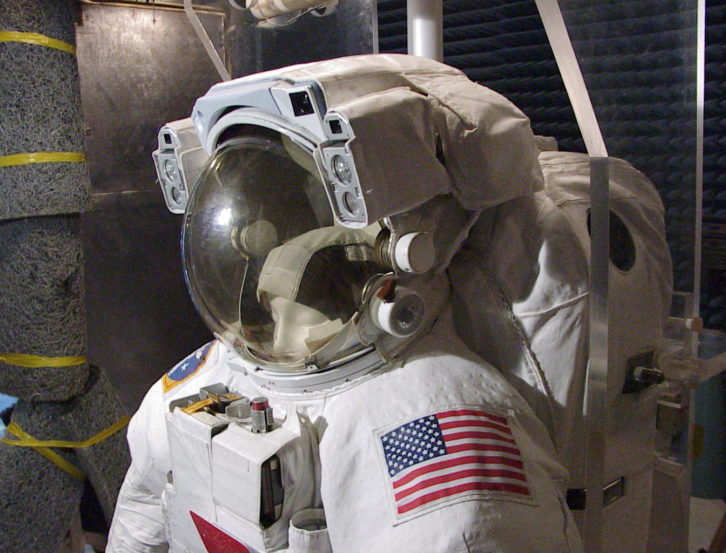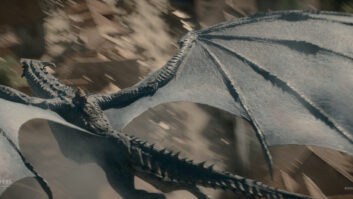Earlier this week, astronauts from NASA and the European Space Agency performed a spacewalk to install new solar arrays on the International Space Station.
Every minute of the six hour plus mission was captured on camera and streamed for space fans to watch on YouTube.
But what you might not know is that the cameras used to film the spacewalk were chosen after someone at NASA watched motor racing.
NASA has been working with Broadcast Sports International, part of the NEP Group, since the STS-97 mission on 1st December, 2000. “NASA was looking for a method of providing more compelling video from the shuttle missions and to document the construction of the International Space Station,” BSI president Peter Larsson tells TVBEurope.

“They happened to be watching a CART race (open wheel race cars) and the car crashed heavily and caught fire. The camera BSI/NEP had installed in the car continued to work during the crash so the NASA folks thought if the system was rugged enough to survive that crash then it was close to being space ready, they contacted us and this system was the result.”
BSI set about building SD cameras for use in NASA missions, but these aren’t your usual broadcast cameras. “For electronics to continue functioning in space they have to be hardened for radiation from the sun, so by designing the cameras and specifying the components the system was inherently hardened,” explains Larsson.
- Bringing the sights and sounds of Mars back to Earth
-
How the launch of Crew Dragon was broadcast to viewers around the world
-
How artificial intelligence gave new life to old Apollo footage
With input throughout from both NASA and its prime contractor Lockheed Martin, BSI built the cameras to fit into the limited area on the astronauts’ helmets.
“The cameras are hard mounted to the astronauts’ helmet so they can pan-tilt-zoom when the astronaut moves his or her head!” adds Larsson.

“Because of size restrictions we did not go with a zoom lens but there are up to three cameras per helmet with varying size lenses. The narrow lens allows the engineers on Earth to see what the astronaut is working on. They have found that instead of the constant talk between the astronaut and ground control describing every step of the process, using the helmet cameras enables ground control can to see what the astronaut has done and move them on to the next task. This has sped up the work that can be performed.”
The images from each of the cameras are picked up by multiple antenna plates throughout the space station. “On a line by line basis, the system decides which antenna is providing the best path and switches to that antenna,” explains Larsson. “Once the video is received inside the station it is transmitted back to Earth via the NASA down link system.”
Asked if BSI is working with NASA on any upcoming projects, Larsson reveals, “I do know they are examining a digital transmission system and higher resolution cameras.”
Watch this space!







